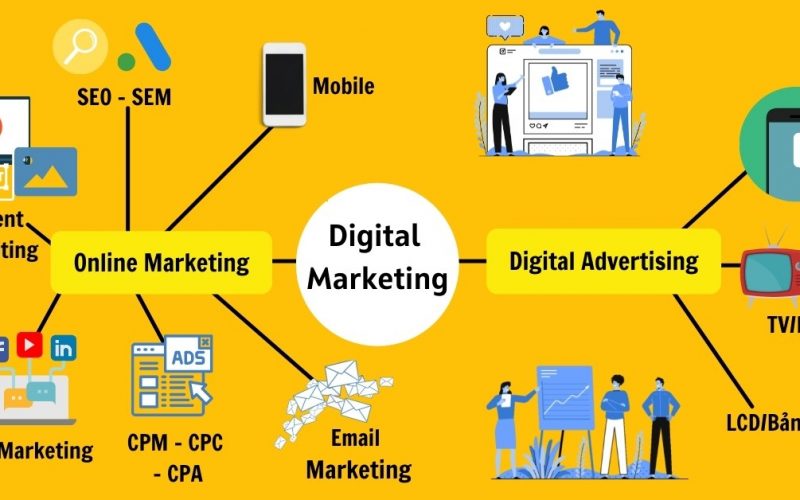Analyzing successful digital marketing campaigns through case studies and practical exercises can provide valuable insights and learning opportunities for marketers. Here’s a step-by-step framework for analyzing and learning from successful digital marketing campaigns:
- Select Relevant Case Studies:
- Choose case studies that align with your industry, target audience, or marketing objectives.
- Look for campaigns that have achieved notable success in terms of engagement, conversions, brand awareness, or other relevant metrics.
- Identify Campaign Objectives:
- Understand the objectives the campaign aimed to achieve, such as increasing sales, growing brand awareness, driving website traffic, or generating leads.
- Clearly define the goals and metrics used to measure success.
- Study Target Audience and Segmentation:
- Analyze how the campaign identified and targeted its intended audience.
- Examine the segmentation strategies used to tailor messages and experiences to specific customer segments.
- Consider the relevance of the campaign to the target audience’s needs, preferences, and pain points.
- Evaluate Creative and Messaging:
- Assess the campaign’s creative elements, including visuals, copywriting, and storytelling.
- Evaluate how the messaging aligns with the target audience and campaign objectives.
- Consider the use of emotional appeal, humor, storytelling, or other persuasive techniques.
- Analyze Channel Selection and Integration:
- Identify the digital channels and platforms used in the campaign, such as social media, email marketing, content marketing, paid advertising, or influencer partnerships.
- Evaluate how the campaign leveraged each channel’s strengths and integrated them to create a cohesive brand experience.
- Consider the consistency of messaging and brand identity across different channels.
- Examine Engagement Strategies:
- Analyze the tactics employed to engage the target audience and encourage interaction.
- Look at the use of interactive content, user-generated content, contests, quizzes, surveys, or gamification.
- Assess the campaign’s ability to spark conversations, encourage social sharing, and generate user participation.
- Assess Conversion and Sales Tactics:
- Evaluate how the campaign facilitated conversions and sales.
- Analyze the call-to-action strategies, landing page optimization, lead capture forms, or e-commerce integration.
- Consider the use of personalized offers, discounts, limited-time promotions, or abandoned cart recovery techniques.
- Measure and Evaluate Results:
- Review the campaign’s performance against the defined objectives and metrics.
- Compare the results achieved with the initial goals and industry benchmarks.
- Analyze key performance indicators, such as website traffic, click-through rates, conversion rates, return on investment (ROI), or customer acquisition cost (CAC).
- Extract Lessons Learned:
- Identify the key success factors and lessons learned from the campaign.
- Consider the strategies, tactics, or creative elements that contributed to the campaign’s success.
- Extract actionable insights that can be applied to your own digital marketing efforts.
- Apply Learnings to Your Campaigns:
- Apply the insights gained from the case studies to your own digital marketing campaigns.
- Adapt and implement successful tactics, strategies, or creative approaches that align with your objectives and target audience.
- Continuously test and optimize your campaigns using data-driven insights.
By systematically analyzing successful digital marketing campaigns, marketers can gain inspiration, learn best practices, and apply proven strategies to their own campaigns. Remember to adapt the learnings to suit your specific business goals, target audience, and industry landscape.
SHARE
